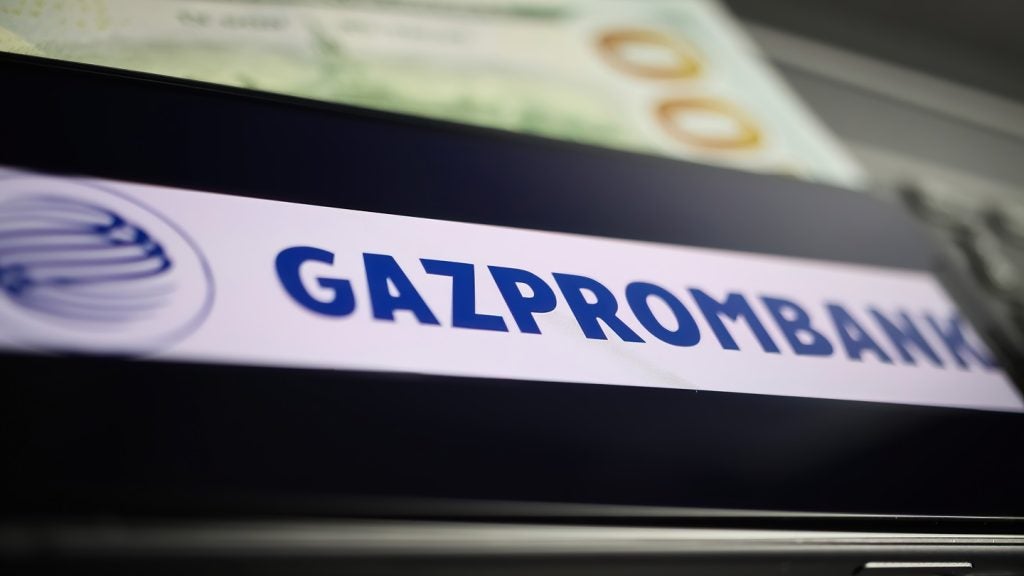Charles Davis looks at the reaction of many US banks to customer fears over banking strength in the wake of the market slump, and the marketing tactics many banks are employing to reassure their customers. Emphasising a banks strength can increase customer loyalty in times of volatility, is the broad conclusion.
Days after the spectacular collapse of the $32-billion-asset IndyMac Bank on 11 July, headlines swirled and talking heads on television asked, Whos next?
Next, it seemed, was Florida-based First Priority Bank, which failed days after IndyMac when a national morning news programme did a segment on 10 troubled banks highlighting First Priority Bank.
More than a thousand miles away, in Pennsylvania, a bank with the same name heard of the TV news segment through the grapevine its customer switchboard began getting inquiries from customers wondering if the banks were somehow related.
Sensing a potential marketing disaster, First Priority, a $195 million-asset boutique bank that opened in 2005 and has absolutely nothing whatsoever to do with the troubled Florida institution of the same name, decided that aggressiveness was called for. That same day, the bank distributed a script to its entire employee base to use in discussing deposit insurance with customers. It also put up a notice on its website saying it was well-capitalised and unaffiliated with the Florida bank.
As bank failures and related tales of woe continue to generate headlines, US banks untouched by the mortgage meltdown can find themselves facing questions from worried depositors and apprehensive investors. Financial stability long an assumption rarely mentioned by bank marketers suddenly is on everyones radar, as the liquidity of the balance sheet suddenly becomes a point of distinction for marketers. Ratings figures, not exactly a sexy topic, have never played a prominent role in bank advertising until now.
How well do you really know your competitors?
Access the most comprehensive Company Profiles on the market, powered by GlobalData. Save hours of research. Gain competitive edge.

Thank you!
Your download email will arrive shortly
Not ready to buy yet? Download a free sample
We are confident about the unique quality of our Company Profiles. However, we want you to make the most beneficial decision for your business, so we offer a free sample that you can download by submitting the below form
By GlobalDataNo attention to bank ratings
In the past, consumers havent paid any attention to bank ratings, because they felt comfortable knowing their deposits are federally insured. But the failure of California-based IndyMac, which was seized by regulators in July, has consumers looking for reassurances. To their credit, many US banks rose to the occasion, launching marketing campaigns aimed at calming jittery nerves and playing to strengths where they exist.
In Cleveland, Third Federal Savings and Loan began airing radio ads featuring its chairman in a direct appeal to the nervous depositors of its rivals, such as National City and Keybank, both of which have struggled with mortgage exposure. The ad has CEO Marc Stefanski saying: Unlike other lenders, Third Federal doesnt offer high-risk mortgages. The bottom line is… we always want our customers to be successful homeowners.
The American Bankers Association (ABA) pulled together a web-based package of ads, editorials, and talking points for its members, and reported some 6,000-plus downloads in July alone. The ABA also launched a radio tour of Spanish-language stations to tell people about deposit insurance and its officers fanned out on TV all over the country to head off rumours and misinformation.
North Carolina-based BB&T saw the need to address financial stability as early as late December, said Ron Denny, senior vice-president of corporate marketing.
The idea actually came from our executive management team, he said. They knew BB&T would not be impacted by subprime mortgages and other exotic loans, because these loans are rarely in the best interest of the borrower. It is against BB&Ts philosophy and values to put clients in a position of unnecessary risk.
A current BB&T radio ad notes the bank opened its doors in 1872 and proclaims: What we do isnt based on financial fads or market situations, but rather on what we believe is the right thing to do.
It certainly helps that BB&T has a positive story to tell: the bank is faring relatively well despite the turmoil besetting the banking industry. While many of its backyard rivals, such as Charlotte-based Wachovia and Bank of America struggle with the blowback from the mortgage sector, BB&T can boast of 37 consecutive years of dividend increases.
BB&T, which has more than 1,500 branches in 11 states, said the campaign, launched in May, was created to reassure our clients, our shareholders, our employees and the community that BB&T is a very sound, very stable, well-respected bank. Denny said the ads goal was telling the unique BB&T story.
What little data exists on the impact of marketing financial stability shows that it hardly registers in the minds of consumers at least before the latest round of bank failures. Stability might be embedded in the broader value of trust, however. Mercatus, a Boston-based consultancy, surveyed more than 3,200 consumers from 24 April to 6 May to gauge the link between trust and average wallet share.
Banks with the highest trust scores captured 52 percent of a customers business, compared with 34 percent for those with the lowest scores. Mercatus estimated that with more customer confidence, a large bank with over a million retail customers could generate up to $100 million in additional revenue.
According to the analysis, each incremental step up in consumer trust directly translates into share of wallet gains across all consumer segments. Within the mass affluent segment, the impact is the strongest, with the share of wallet captured doubling as trust scores improve from one to five. While transparency rated highly in terms of consumer trust, financial stability failed to even register.
That does not seem to be slowing US banks in a position of financial strength relative to the competition from touting that fact. It seems that in todays volatile marketplace, you cant remind consumers often enough of the safety of the system.







